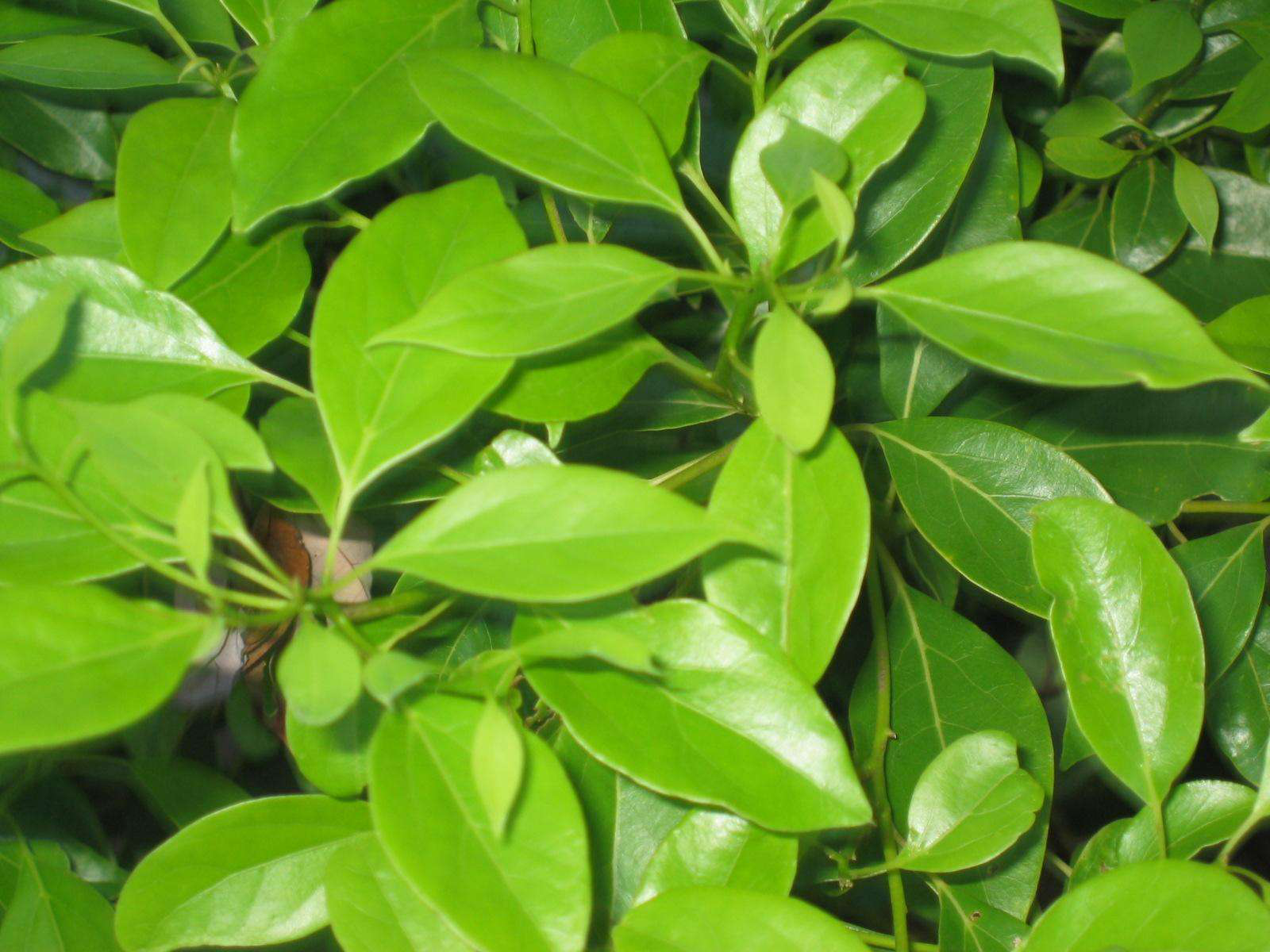
Natural camphor and camphor synthetic
Natural camphor
The main tree species suitable for extracting natural camphor in China are as follows:
① Camphor tree. Camphor, also known as camphor, is the most important tree species to extract camphor and camphor oil.
② Cinnamomum bodinieri.
③ C. glanduliferum.
Camphor is refined from crude camphor. Crude camphor is usually processed in winter. The trunks and roots of camphor trees more than 50 years old are used as raw materials. After being cut into thin slices, they are distilled in a wood steamer. Camphor and camphor oil are distilled with steam. The white crystal obtained by condensation is crude camphor, and the oil-like liquid is camphor oil. The total yield was 2.0-2.5%. There are two refining methods for crude camphor: blowing sublimation and continuous fractionation sublimation. In China, blowing sublimation is the main method. The crude camphor is first removed from oil and water by centrifuge, and then put into the sublimation pot for melting and sublimation. The camphor steam is introduced into the first sublimation chamber along with the air blown from the top of the pot, and the cooling temperature is controlled to obtain the powder crystalline product. After that, the fractions entering the second and third sublimation chambers are condensed and crystallized with a small amount of camphor steam due to the lower control temperature and lower boiling point of camphor. They are crude camphor products (containing more than 8% oil and water) and need to be re sublimated and refined.
There are two kinds of natural refined camphor in China. The quality meets the specifications of Pharmacopoeia of various countries: melting point 174-179 ℃, specific rotation + 41 ° to + 43 ° (20% in ethanol), non-volatile matter less than 0.05%, water content in accordance with 1 g plus 10 ml of petroleum ether for clarification and dissolution.

Camphene was formed from a-pinene obtained by vacuum fractionation of superior turpentine with metatitanic acid catalyst. The pure camphene (freezing point above 44 ℃) was esterified with glacial acetic acid to isoborneol acetate. Isoborneol xylene solution was obtained by fractionation and purification to over 95% ester content, saponification with 45% sodium hydroxide solution and appropriate amount of xylene under pressure, and then adding appropriate amount of xylene as solvent after reaction, standing and layering, separating sodium acetate, washing to neutral, and obtaining isoborneol xylene solution. Camphor was synthesized by dehydrogenation of isoborneol and evaporation of xylene at 180 ℃ with basic ketone carbonate [cuco3 · Cu (OH) 2], and then sublimated at 212 ℃.